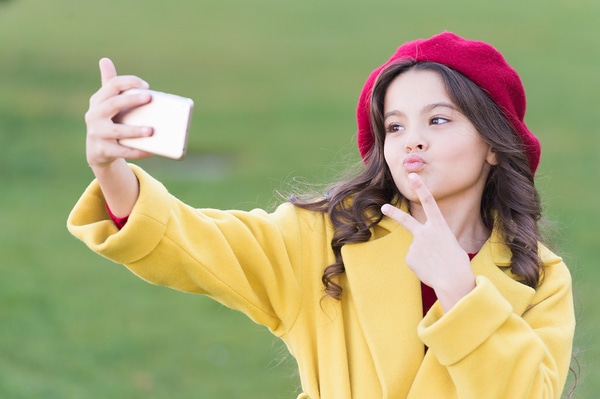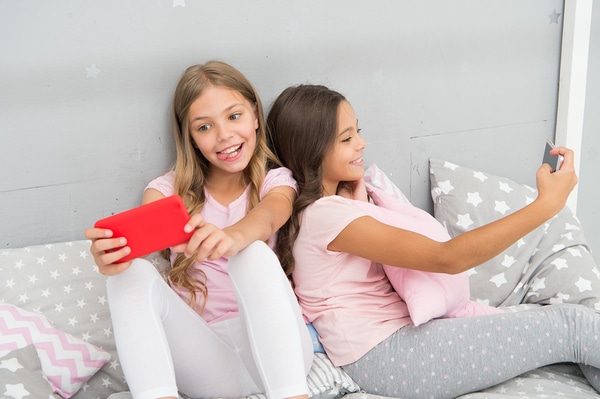Every social network will push you to add a profile picture. It draws you more into the platform, makes it more likely people will respond and react, and creates, in the best case, a sense of community. For teens, in particular, it can be an issue of safety and self-confidence. Here’s what you need to know.
What’s In The Picture?
Pictures can tell you far more than people realize. Say for example your teen uses a profile picture taken of them while in a uniform for school. Perhaps the name of the school is visible, telling everyone that information even if you’d prefer it to remain private. Or they’re wearing their school colors and mascot, making it easier to figure out where your teen is with a visit to Google.
Adding to the problem is that social media can provide unexpected context for the picture. Perhaps the name of the school isn’t visible, but looking at their picture and then at their Friends list or other content might make it easier to determine. Or perhaps there’s some other giveaway, such as a classmate in the picture. Depending on the camera and how the photo is edited and added to the site, there can be a surprising amount of information in a photo’s “metadata,” information the camera binds to the picture that can include device settings, location data, camera app used, and more. Even just using the same picture across profiles can make it easier to “connect the dots.”
This also opens the door to bullying, both of the cyber variety and in person. Cyberbullies can sometimes steal photos or misuse them, or use the information in them to attack or harass people online. Even setting a profile to private doesn’t guarantee a photo won’t be misused.
The point here is not to scare your kids into never posting a photo of themselves. Rather, they need to consider that a photo contains more information than they realize, and to post accordingly.

Protecting Privacy
The best defense is knowledge. Have your teen pick out a few potential profile pictures and have them think out what those pictures might tell a stranger. What can somebody that doesn’t know them discern from the picture, like their age, where they go to school, who their friends are, where they live, or other information? Discuss with them what you’re okay with them posting, and what you’re not, and why. Apply this not just to photos, but to everything they post or add to their profile.
Make it clear you’ll be keeping an eye on their social media feeds, as well. Be upfront about what you’re doing and why. Kids should not feel like you’ll blindside them with spying but should understand you’ll be over their shoulder, at a slight distance, ready to step in if something needs to be addressed.
Be careful with how you react to missteps as well. It makes more sense to guide them to understand why you have a problem with a post than just to order them to take it down because it breaks the rules. Understanding why you’re concerned helps them build the tools they need for when they’re adults responsible for their own profiles.
Parental control apps can help parents teach kids to think about their privacy. To learn more, try ours for free!


Join the conversation